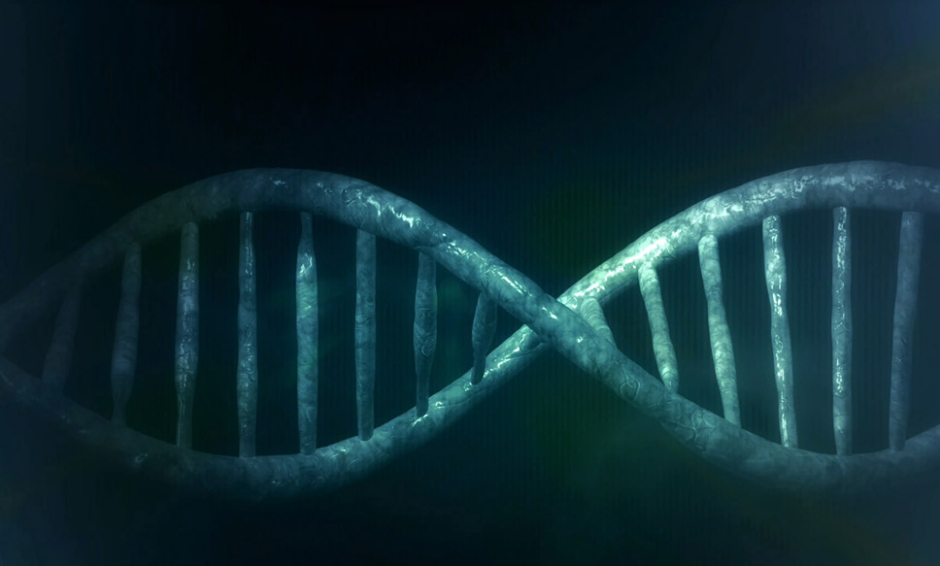TUMOUR SUPPRESSOR genes are present in the human genome, and, like any gene, have the potential to become mutated, increasing an individual’s susceptibility to developing cancer. One particular tumour suppressor gene, TP53, is mutated in 50% of all human tumours, where it no longer functions correctly, and, as such, is unable to prevent tumour development. Recently, a study has developed a sensor for TP53 which monitors the correct functioning and initiates cell death in the presence of non-functional/mutated TP53.
TP53, the single most frequently mutated cancer-associated gene in the human genome, has a prominent role in cancer; thus, methods to target the TP53 pathway have long been sought after. Researchers from the Dresden University of Technology, Dresden, Germany claim that a TP53 sensor could act to suppress the formation of a tumour at its earliest stages.
To construct this sensor, researchers investigated a collection of different genetic elements taken from p53-regulated genes. The sensor was designed to make cell function dependant on non-mutated TP53 and, if it is found to be altered, the sensor becomes activated and initiates cell death. In current clinical practice, cancer treatment initiation occurs significantly after the transformation of cells, meaning the cancer has time to proliferate, thus therapy-resistant clones can emerge rapidly from some cells, which presents a barrier to therapeutics.
Prof Frank Buchholz, Medical Faculty and University Hospital Carl Gustav Carus, UCC Section Medical Systems Biology, Dresden, Germany, stated “The TP53 sensor enables an active precocious intervention for the first time. Our results show that cells with TP53 mutations can be selectively detected and eliminated at an early stage. Hence, the transformation process is prevented.” Moving forward, the researchers aim to develop novel cancer diagnostics and in the long term, a protection-system to oppose cancer mutations.
(Image: pixabay.com)








